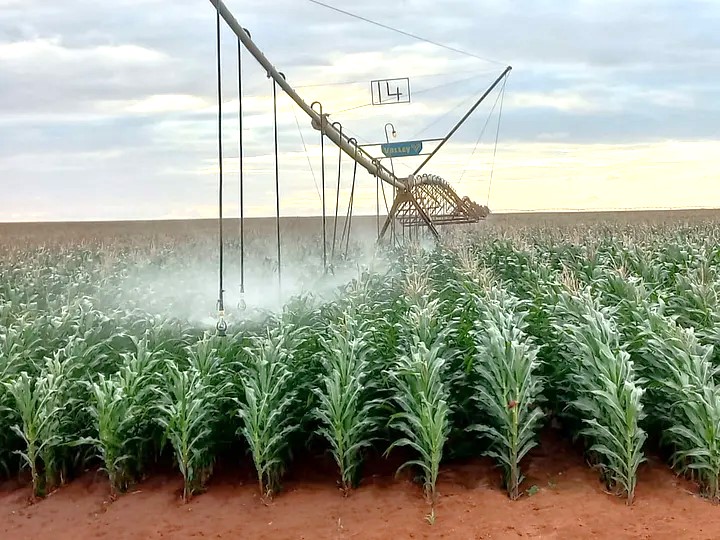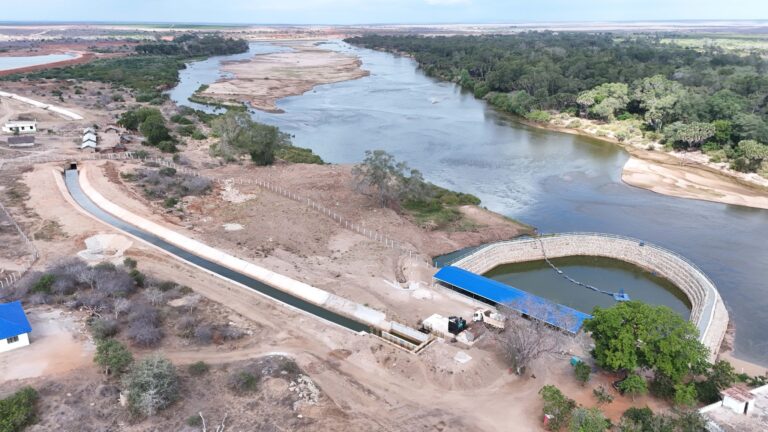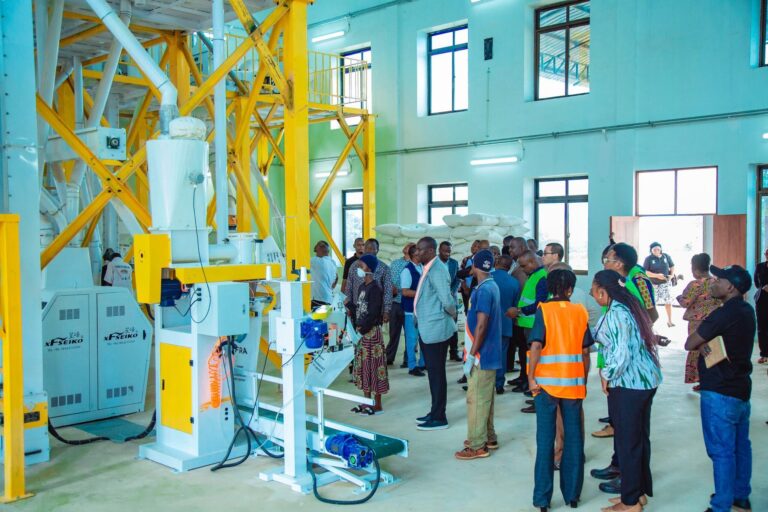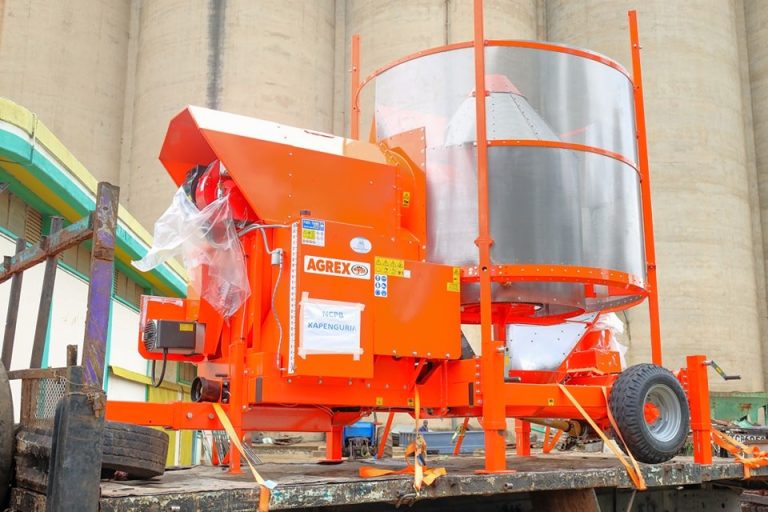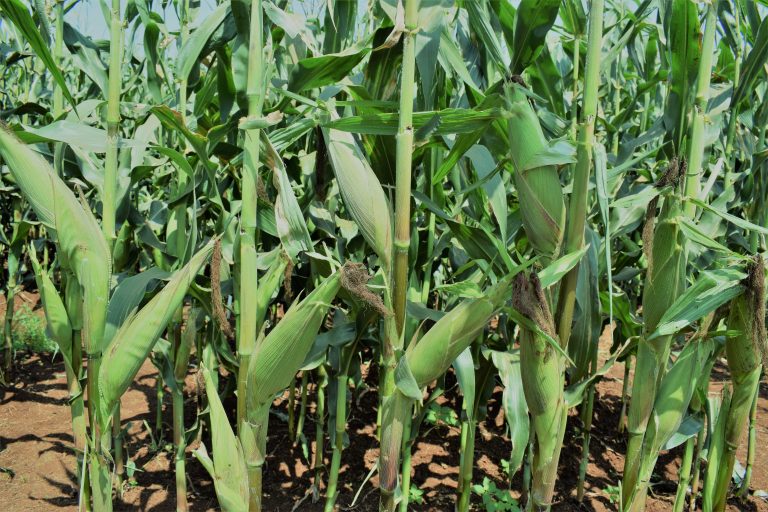The Galana-Kulalu Food Security Project set up by the Kenyan Government is now set to benefit from a Sh12.5 billion private sector injection under a Public-Private Partnership (PPP) model.
Spanning 1.5 million acres in Kilifi and Tana River counties, the initiative aims to significantly enhance food production, create employment opportunities, improve livelihoods, and provide a steady supply of raw materials for agro-based industries.
The National Irrigation Authority (NIA) has already completed a 600,000 cubic metre water reservoir, funded by Sh519 million from the National Treasury, capable of irrigating 10,000 acres.
The 20,000-acre piece of land is leased to Selu Ltd to relieve the government’s financial constraints. Selu focuses on maize production, where it aims to achieve a yield of above 9 metric tons per hectare, significantly higher than the Kenyan average. It was founded by Peter Njonjo, the former Twiga Foods CEO. The land under Selu had initially been leased to Twiga Foods and was later transferred to Selu.
Principal Secretaries Dr. Chris Kiptoo (National Treasury) and Eng. Ephantus Kimotho (Irrigation) toured the site to assess progress. Kiptoo confirmed that Selu will initially cultivate 20,000 acres.
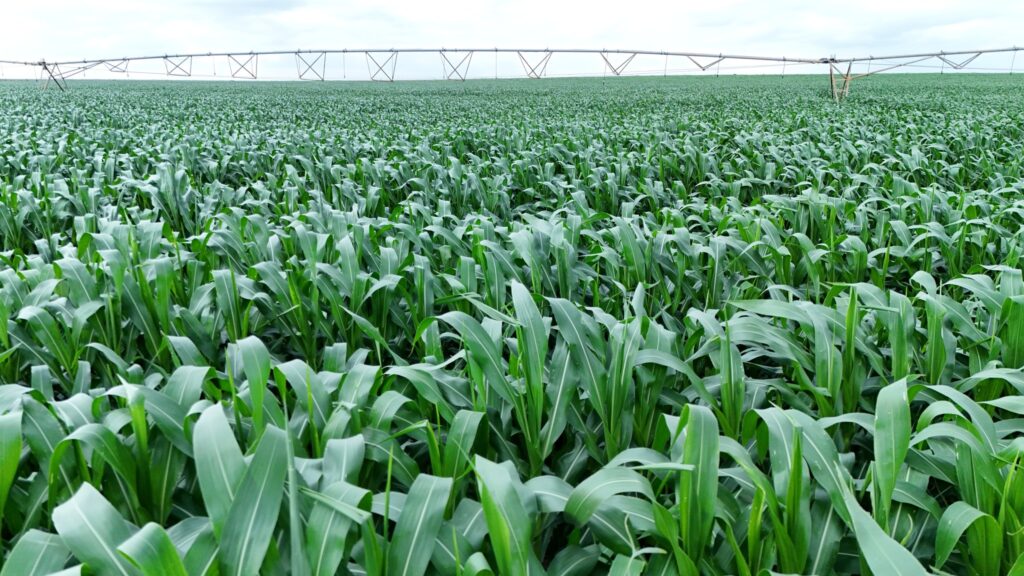
“The estimate is that if you put all these 20,000 acres under maize, every year they will be producing 70 bags per acre, which translates to about 1.4 million bags per year,” he said. “If you sell at the current market price of Sh4,000, that translates to Sh5.6 billion per year. Clearly, that is a good income, and this is a PPP project.”
The Treasury PS said the project demonstrates how to deliver development under tight fiscal conditions. “We are increasingly asking for the use of PPP where projects are commercially viable, and this is an example of a commercially viable project,” he stated.
Kiptoo added that utilising the available 1.5 million acres would improve food security, cut imports, save foreign exchange, and raise farmer incomes. Kiptoo further said that a Sh35 billion Galana Dam project is in the pipeline, with a contractor already identified.
“We at the National Treasury are working with the Ministry of Water and are making arrangements to ensure that the project starts as soon as possible,” he said. “Once the Sh35B water project is in place, it will generate a sufficient amount of water to attract more investors and encourage other government agencies to invest in this region. This is really the way to go.”
Kiptoo commended the State Department for Irrigation for prudent use of the Sh519 million in building water infrastructure.
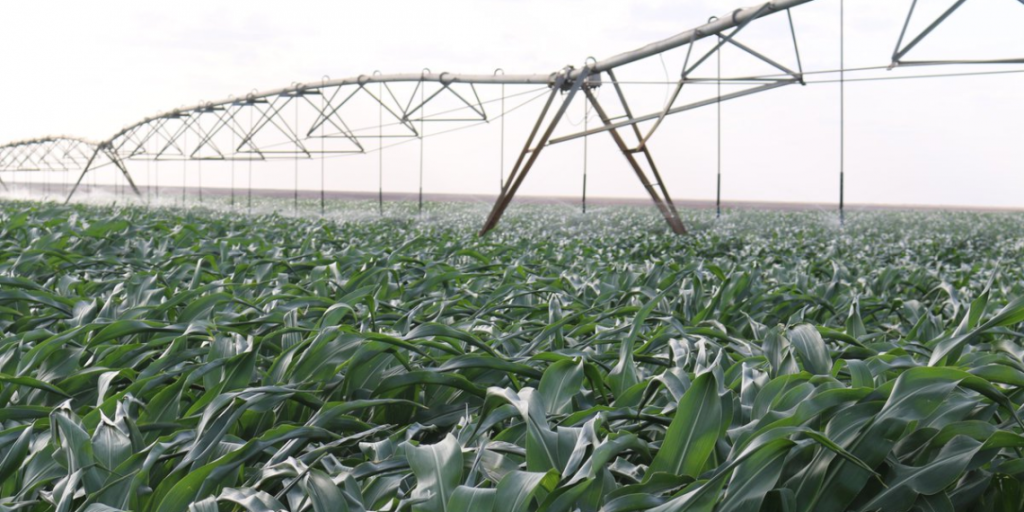
On his part, Irrigation PS Eng. Kimotho highlighted infrastructure progress. “A new intake has been constructed, enabling NIA to initially command 10,000 acres in the Galana-Kulalu,” he said. He added that part of SELU’s investment will fund water storage, irrigation infrastructure, and on-farm roads. “This is a multi-agency project. There is a bridge being constructed by the Kenya Rural Roads Authority. That bridge is going on well; it will help us move goods. At the moment, it is very challenging to move goods; we have to go all the way to Baricho bridge, which is 7 kilometres from here.”
Kimotho said that SELU has engaged a Korean firm to install a 2.5-megawatt solar water pumping system, replacing the current diesel-powered system. The Rural Electrification and Renewable Energy Corporation is also setting up a power plant scheduled to be operational by June 2026, expected to lower production costs and encourage greater output.
“We are also working closely with other investors because the Galana-Kulalu Irrigation Project has a potential of 1.5 million acres. In Phase one, we are doing 10,000 acres with the normal water flow that we have,” Kimotho said. “In phase two, after we finish the dam, we will take it up to 32,000 acres. Phase three will give us an additional 500,000 acres.”


